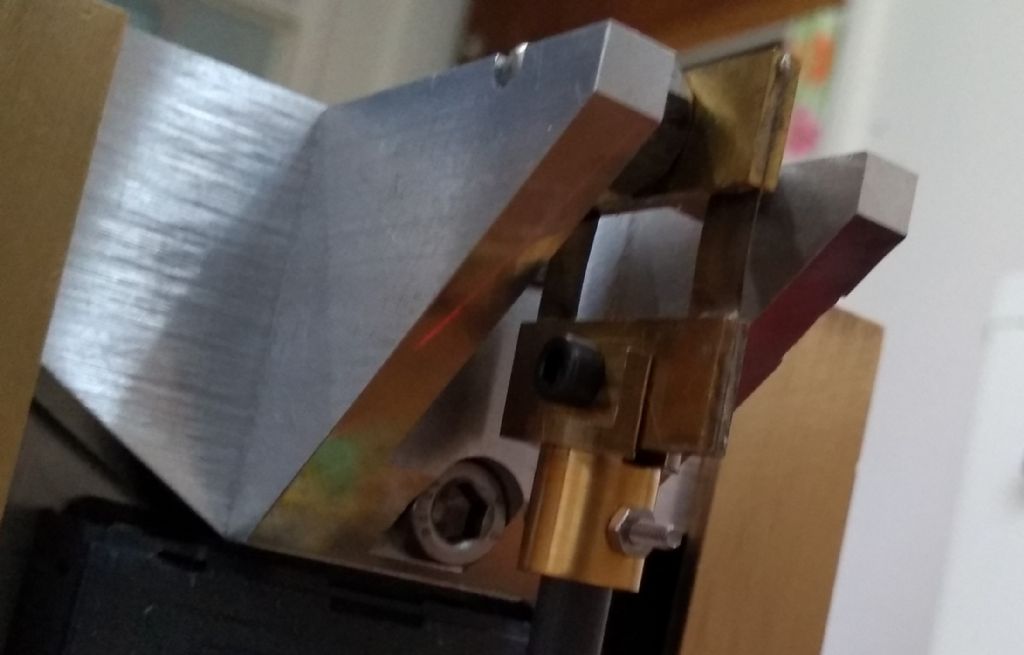A Novel Free Pendulum Clock
A Novel Free Pendulum Clock
- This topic has 78 replies, 10 voices, and was last updated 5 February 2023 at 10:57 by
 Tony Jeffree.
Tony Jeffree.
- Please log in to reply to this topic. Registering is free and easy using the links on the menu at the top of this page.
Latest Replies
Viewing 25 topics - 1 through 25 (of 25 total)
-
- Topic
- Voices
- Last Post
Viewing 25 topics - 1 through 25 (of 25 total)
Latest Issue
Newsletter Sign-up
Latest Replies
- Building Bernard Tekippe’s Precision Regulator
- Selling an Expensive Item
- Lathe floor height?
- Bending EN24t
- Bassett Lowke “Eclipse”
- moving 150kg+ machines inside warehouse
- Museum of Science and Technology of Catalonia
- Boiler Examinations: 7-yearly External Query
- Lantern Pinion
- Emco FB2 and Maximat Mill?





